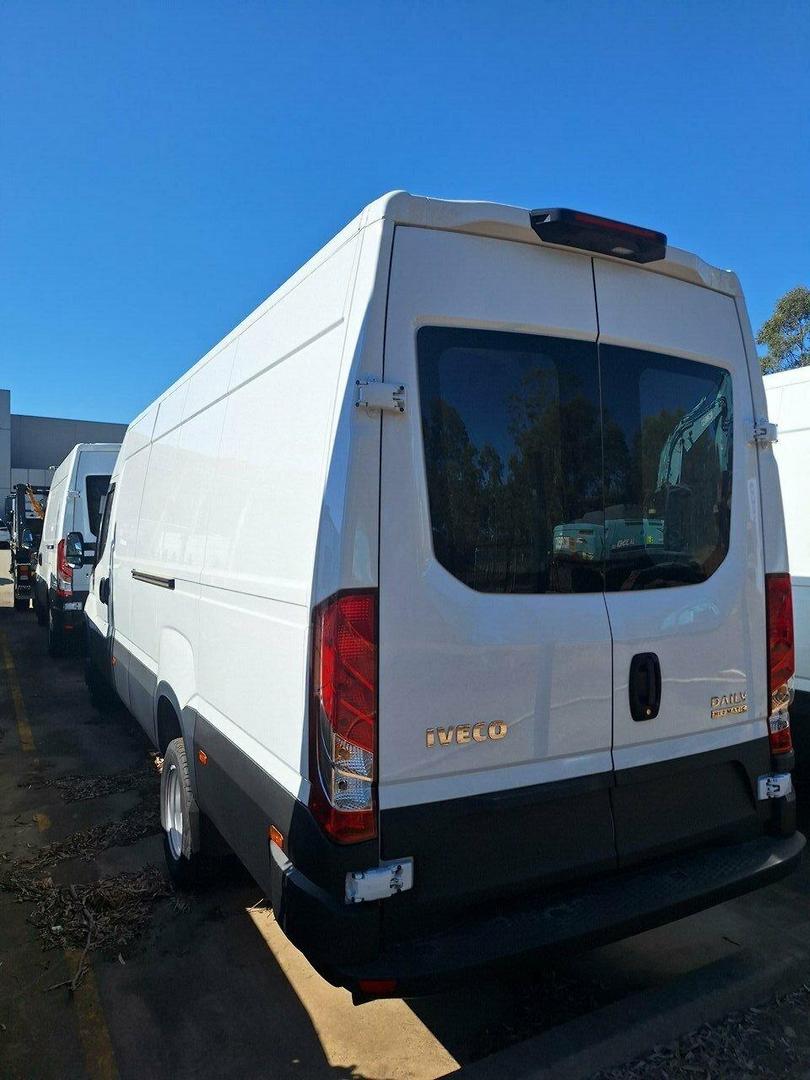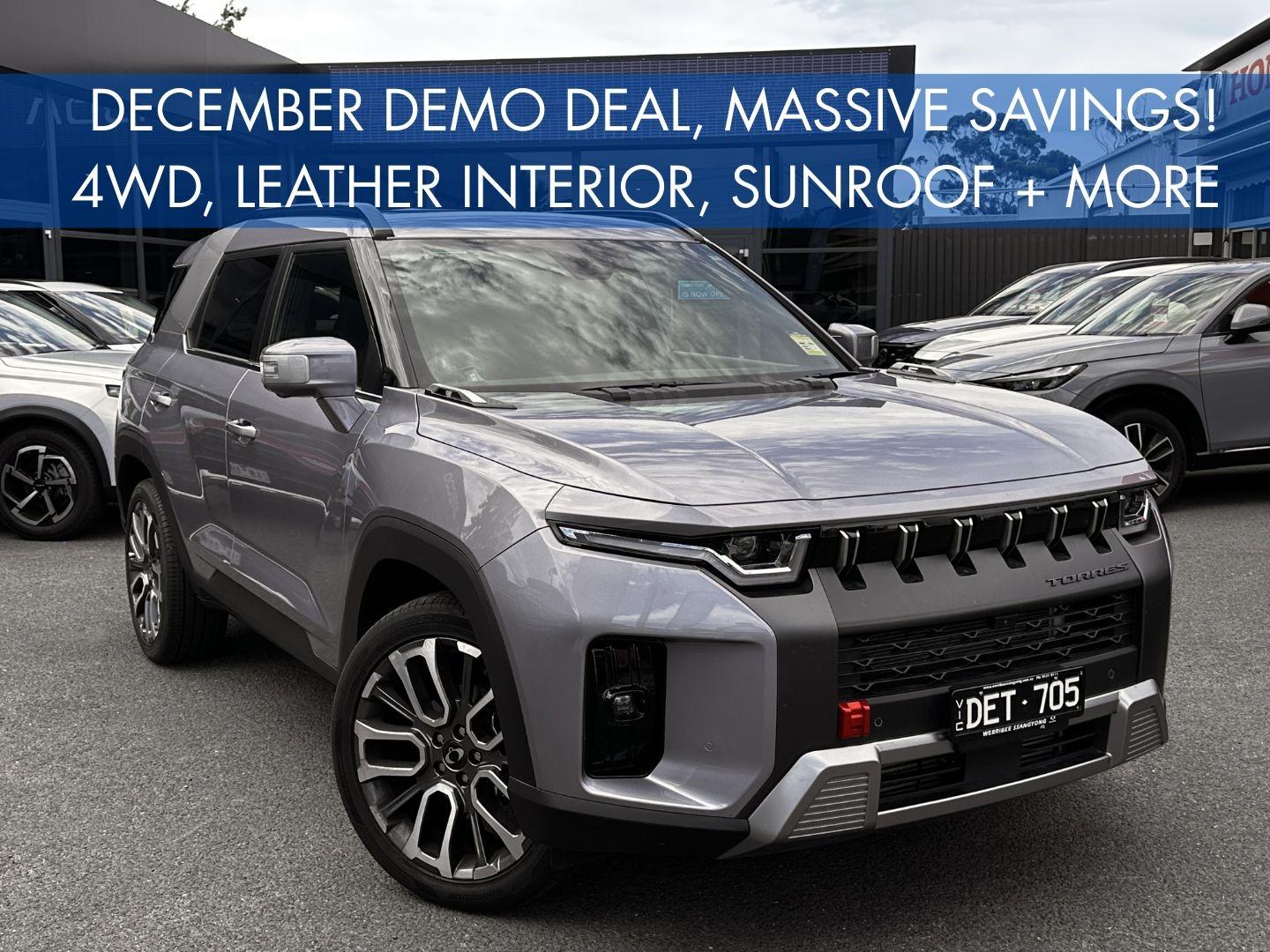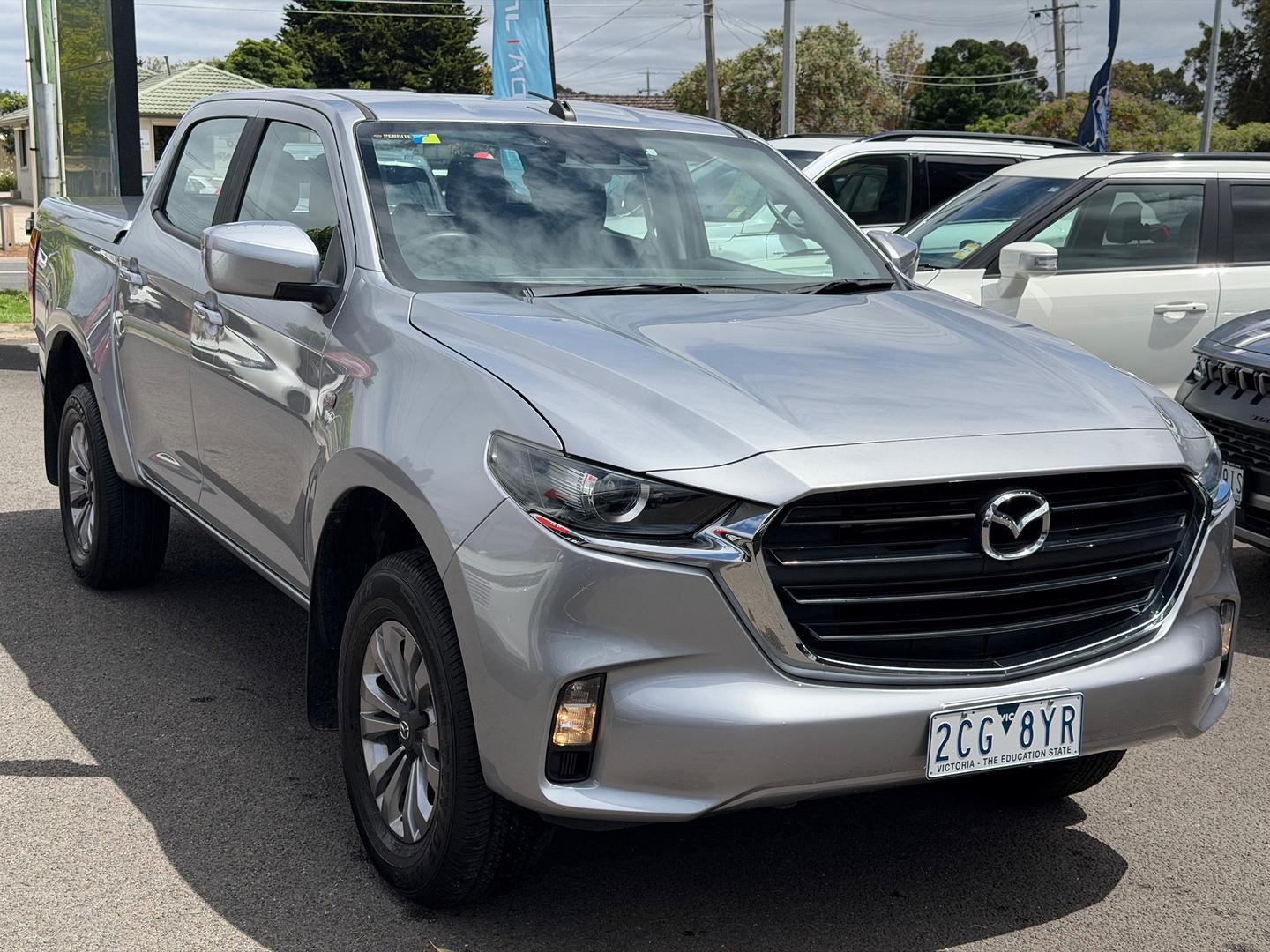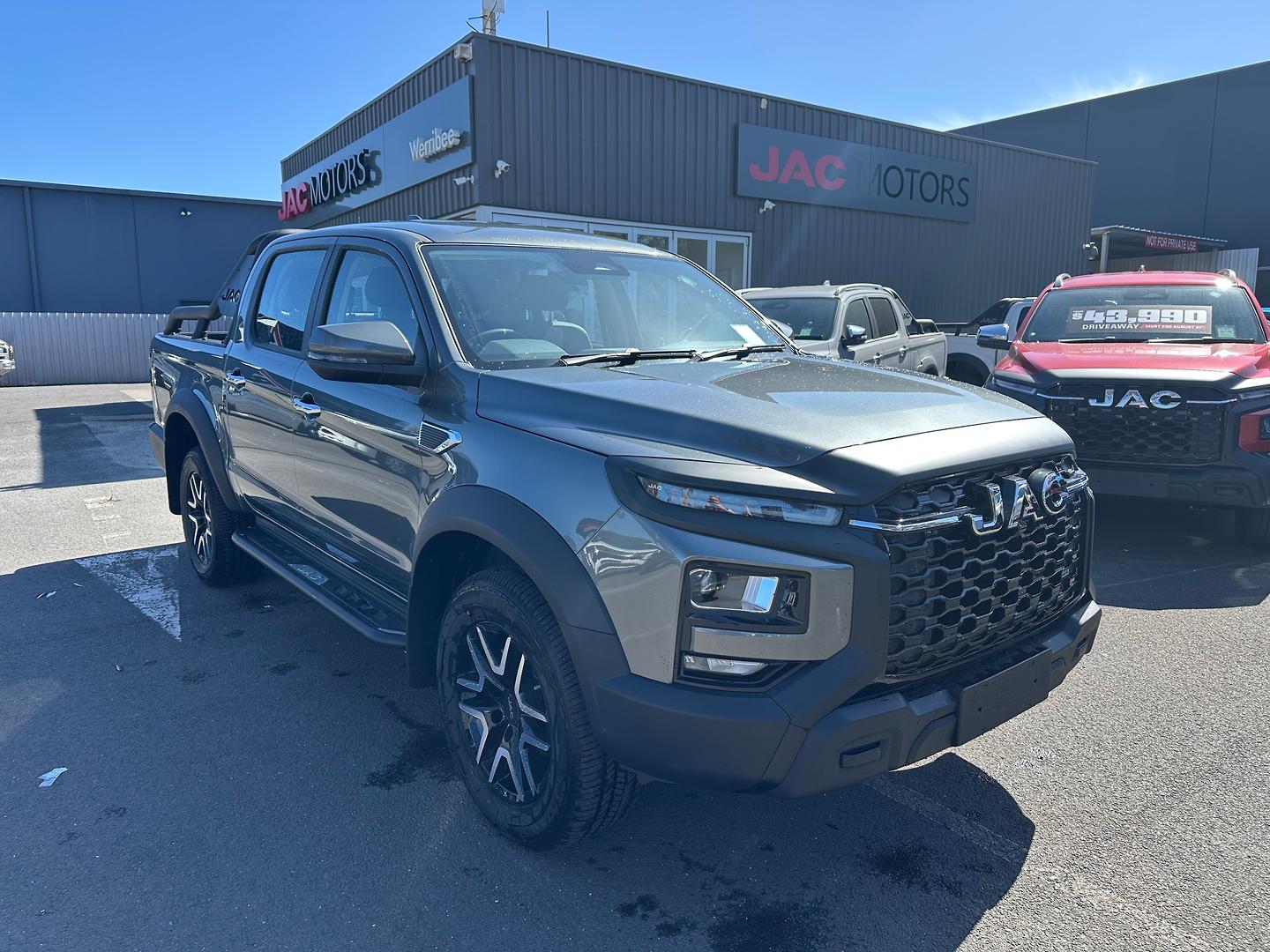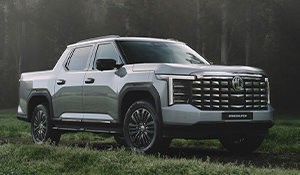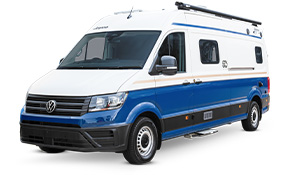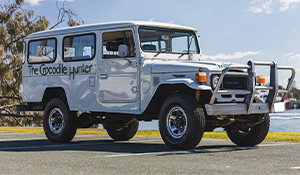AEB added to Ford Everest, Endura safety proven again

On the Everest, AEB with Pedestrian Detection is standard on all variants built after May, 2019, while the Endura features the same system with Pedestrian and Cyclist Detection.
The Endura’s safety credentials were recently reinforced when it scored the maximum 5-star safety rating in ANCAP crash testing. Previously, ANCAP data for the Endura was based on Euro NCAP testing of a European-spec Edge (the name the Endura is sold under in Europe) and had scored 5 stars, but the new test on an Australian-market vehicle has seen improved scoring of 94 per cent for Adult Occupant Protection – up from 87 per cent in the European test.
To the AEB with Pedestrian and Cyclist Detection, the Endura also features Adaptive Cruise Control, Evasive Steer Assist, Lane Keeping Aid, Traffic Sign Recognition with Intelligent Speed Assist, AdvanceTrac Roll Stability Control with Post-Collision Braking, ABS, EBD, Traction Control and seven airbags.
On the Everest, the range-wide adoption of AEB (previously limited to the Trend and Titanium) came at the same time that Ford announced revised pricing of $72,290 (+ ORCs) for the Everest Titanium 4x4 variant to position it under the current Luxury Car Tax threshold for fuel efficient vehicles. The Everest Titanium’s 2.0-litre bi-turbo four-cylinder engine and 10-speed automatic means it qualifies for this, while the 3.2-litre five-cylinder turbo diesel on selected other Everest grades doesn’t.
While Titanium pricing has reduced, list pricing for the Ambiente has risen by $400 for both the RWD and AWD version, now at $49,490 and $54,490, respectively (+ ORCs).



